Stereolabs Docs: Installation, API Reference, Tutorials, and Integration
Introduction #
Welcome to the Stereolabs documentation! This site provides comprehensive resources for developers using ZED cameras, ZED boxes, and the ZED SDK.
Getting Started #
Learn how to set up your ZED device and SDK.
Development #
Explore the ZED SDK and its features.
Devices #
Learn about the different ZED devices and their specifications.
- Cameras:
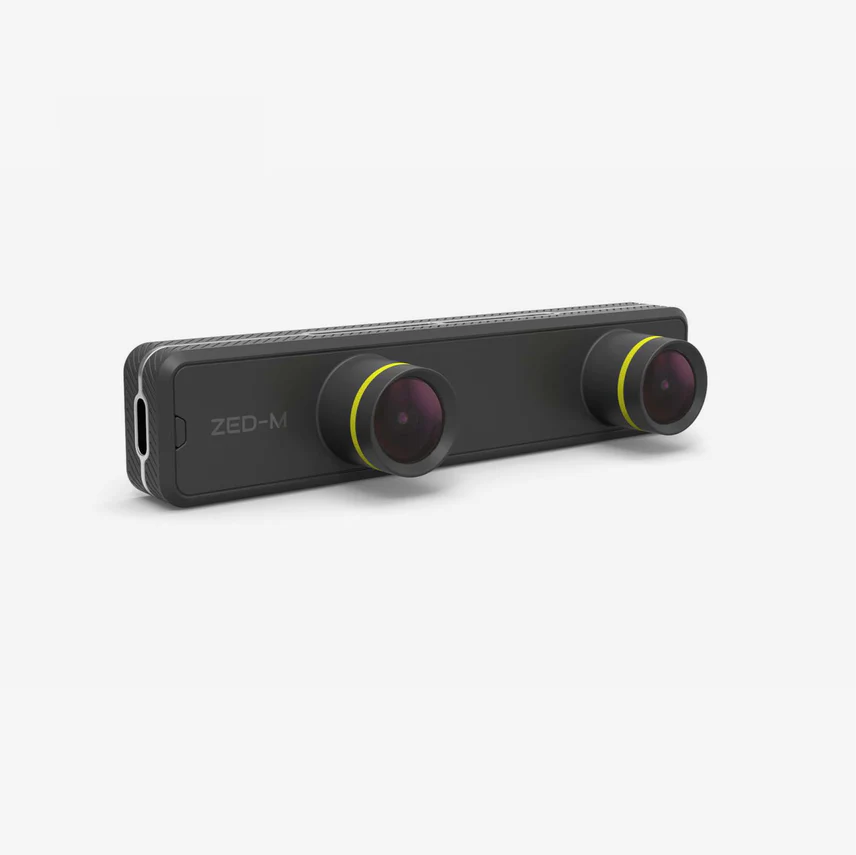 | 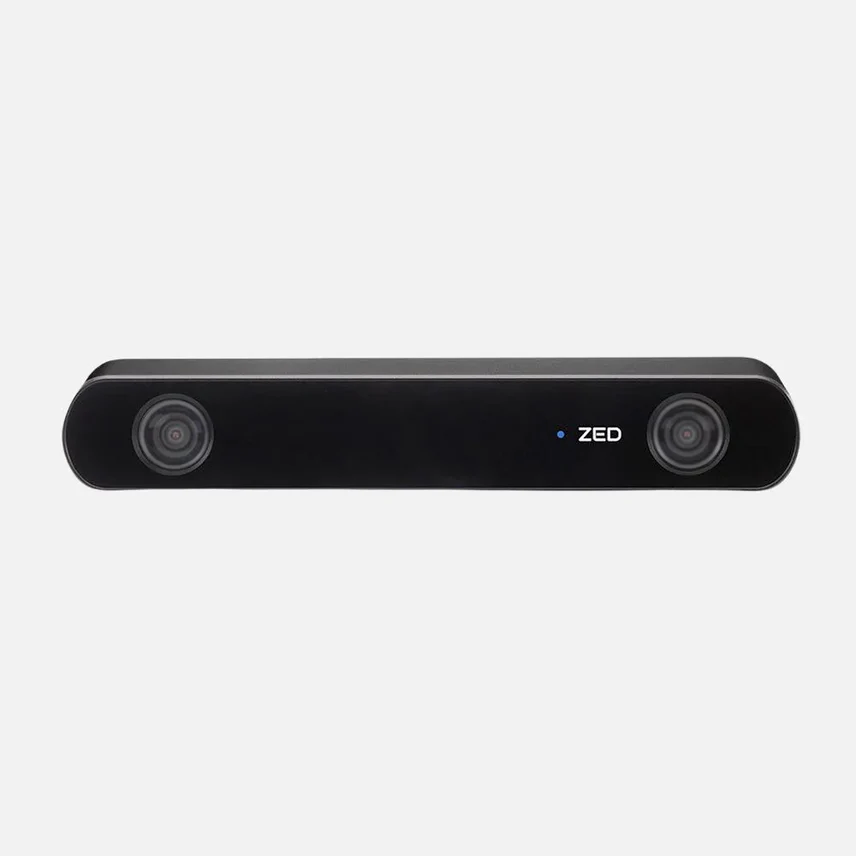 | 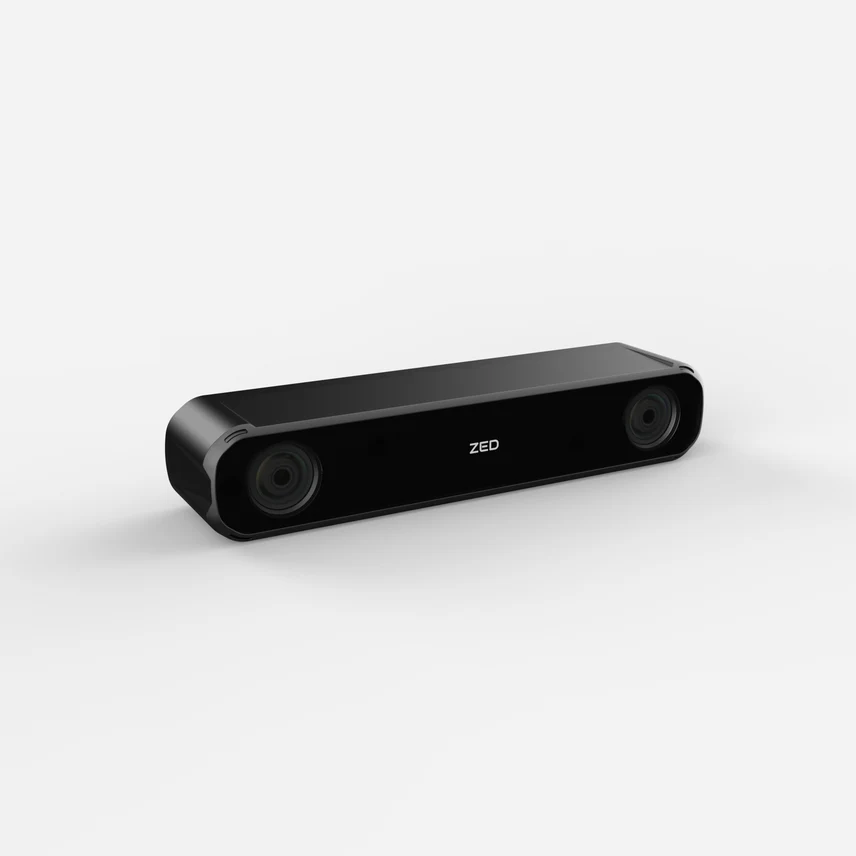 | 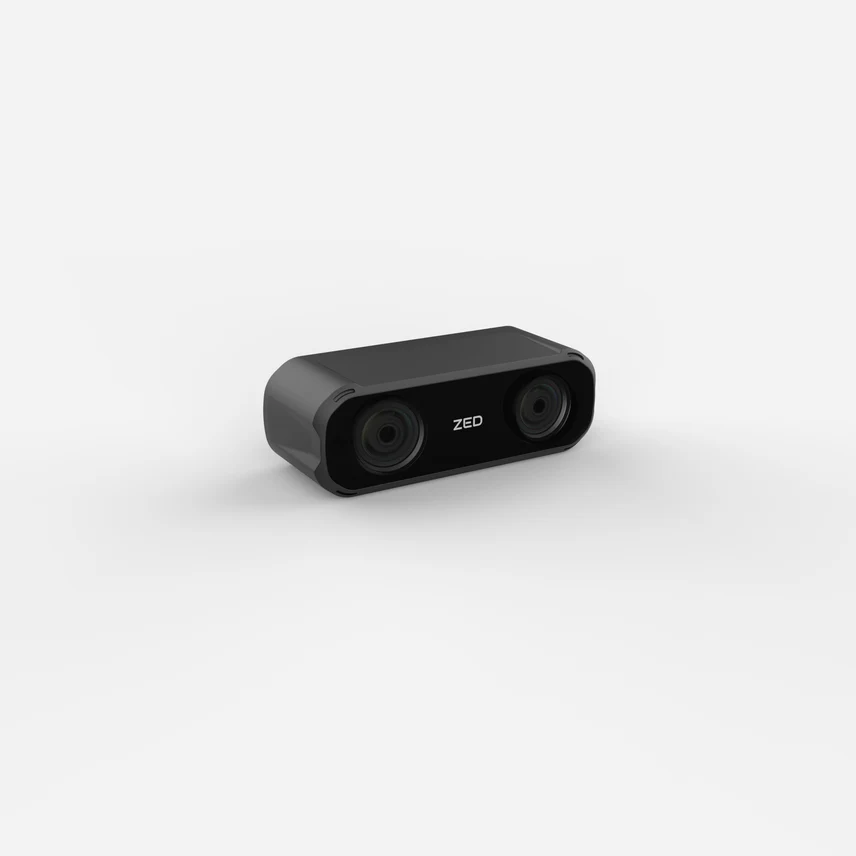 | 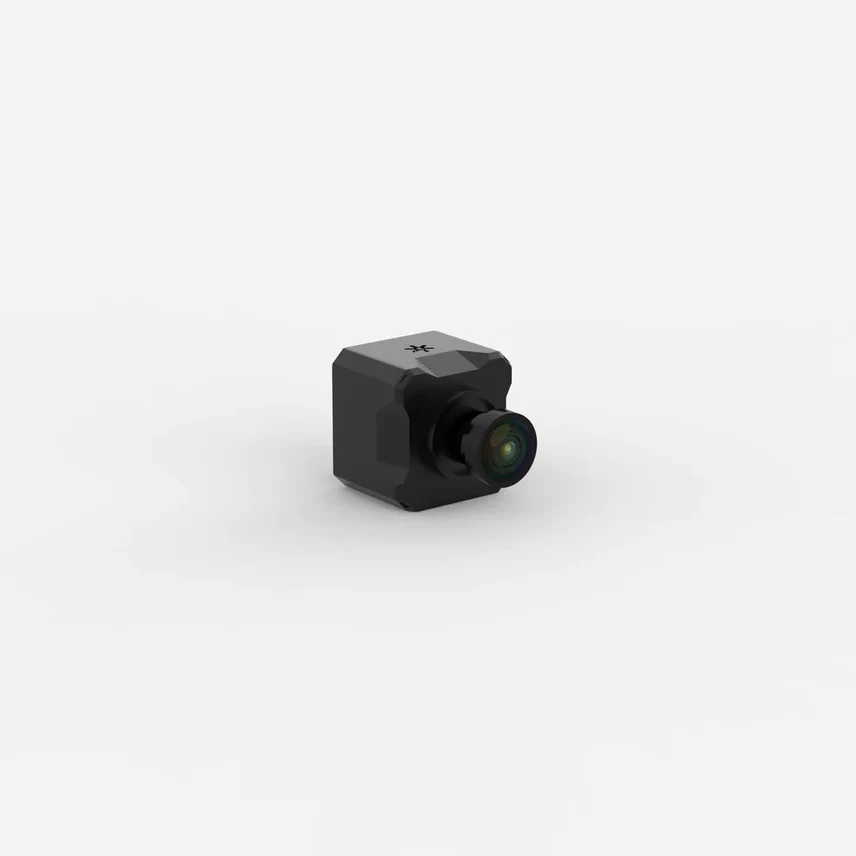 |
|---|
- Embedded Devices:
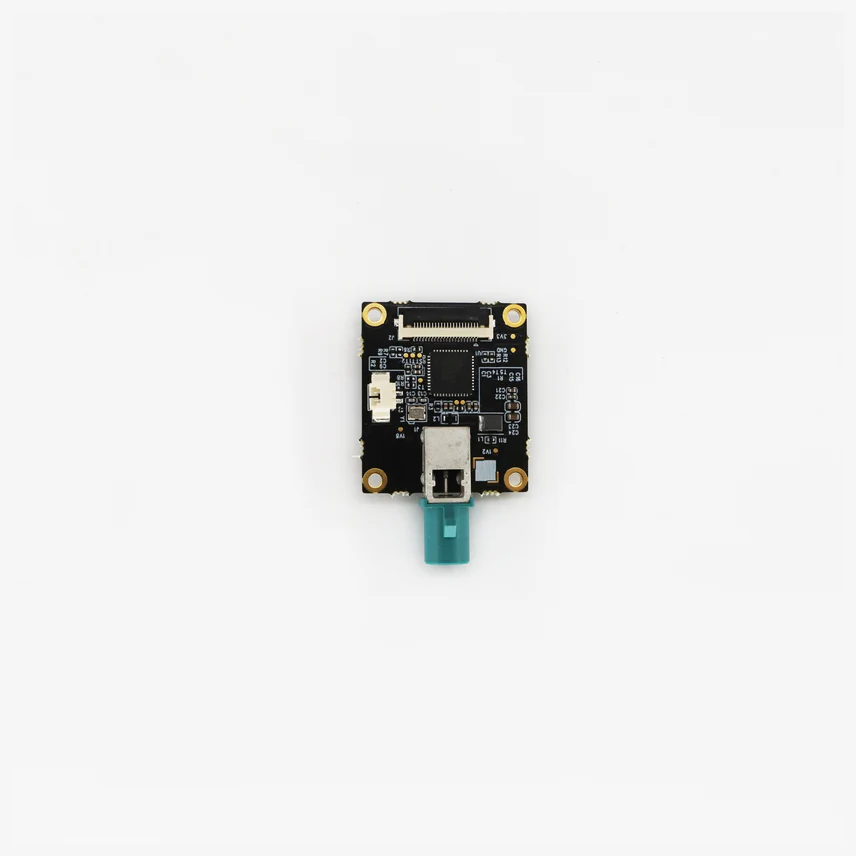 | 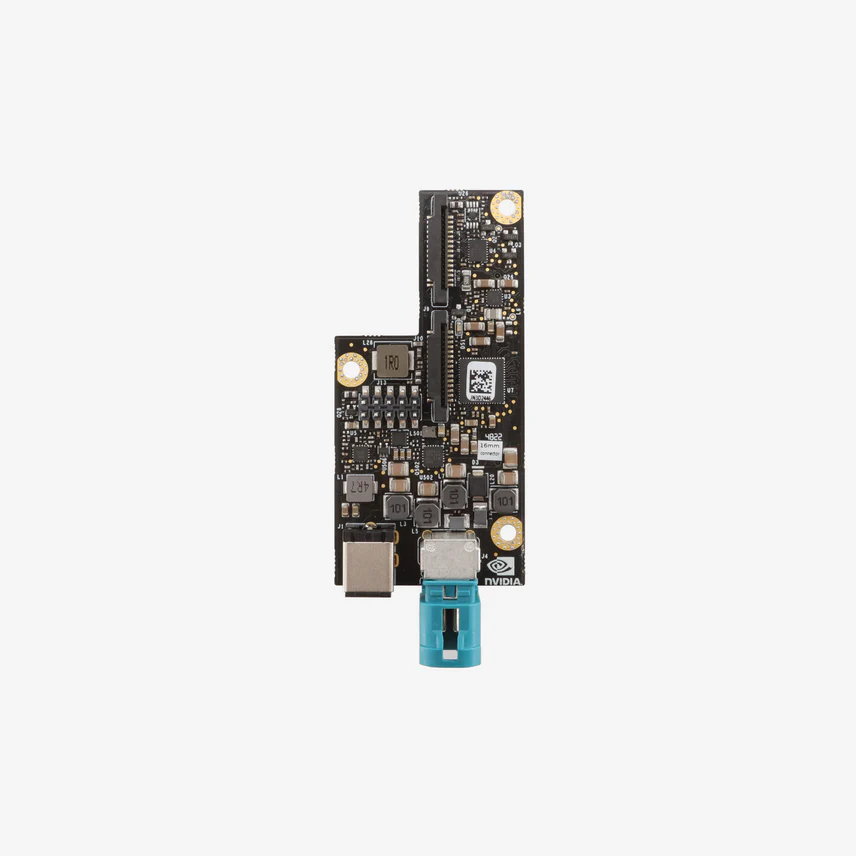 | 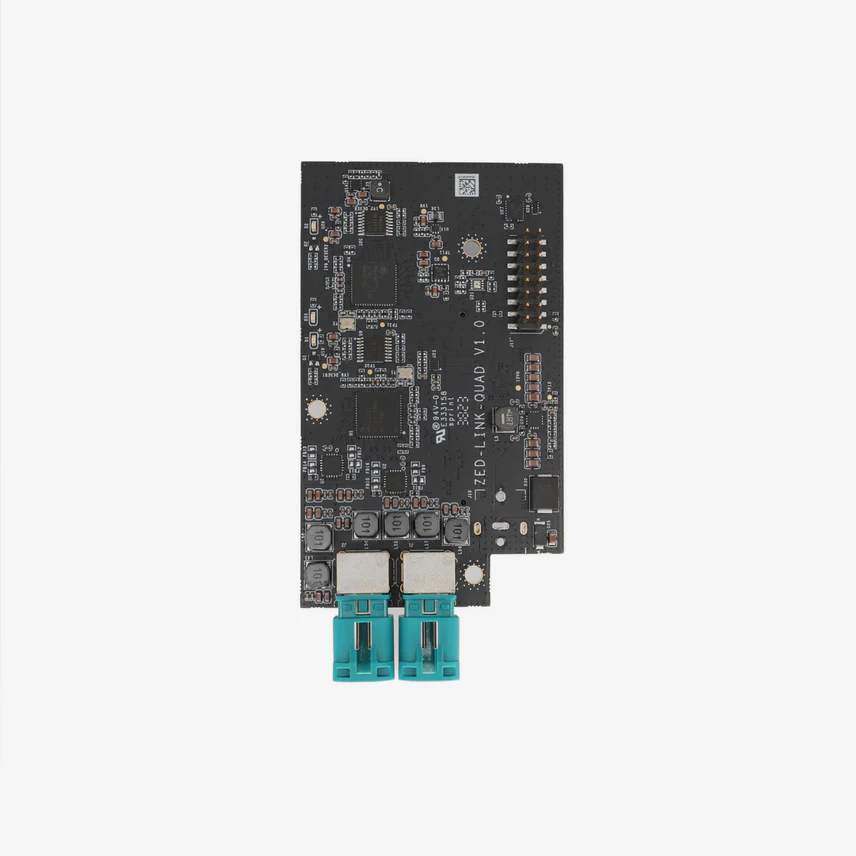 |
|---|
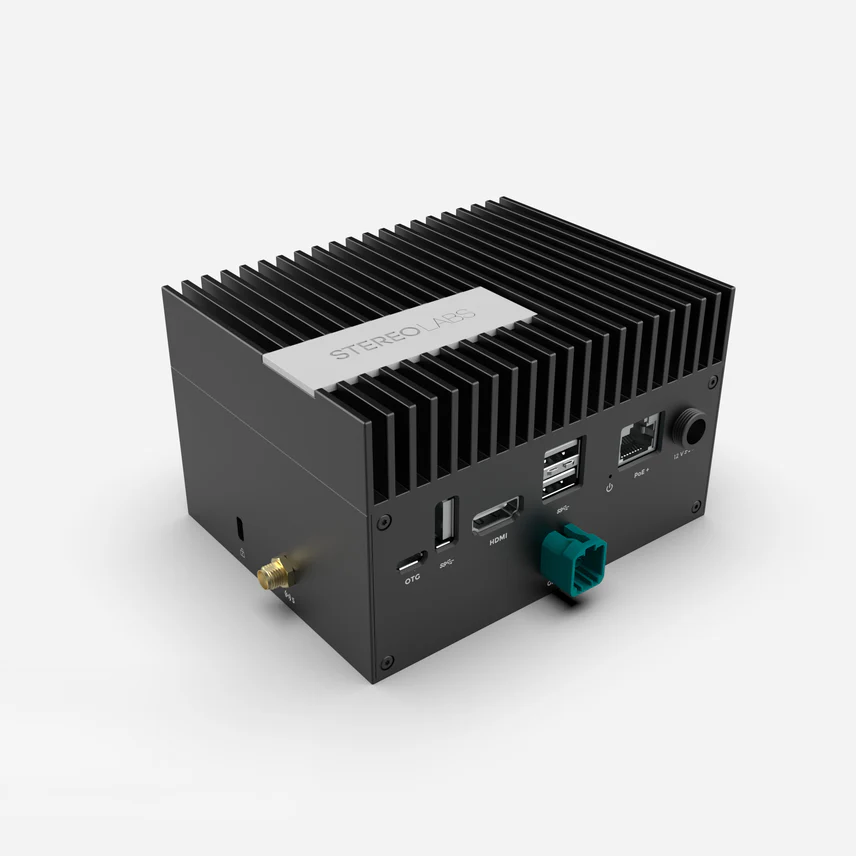 | 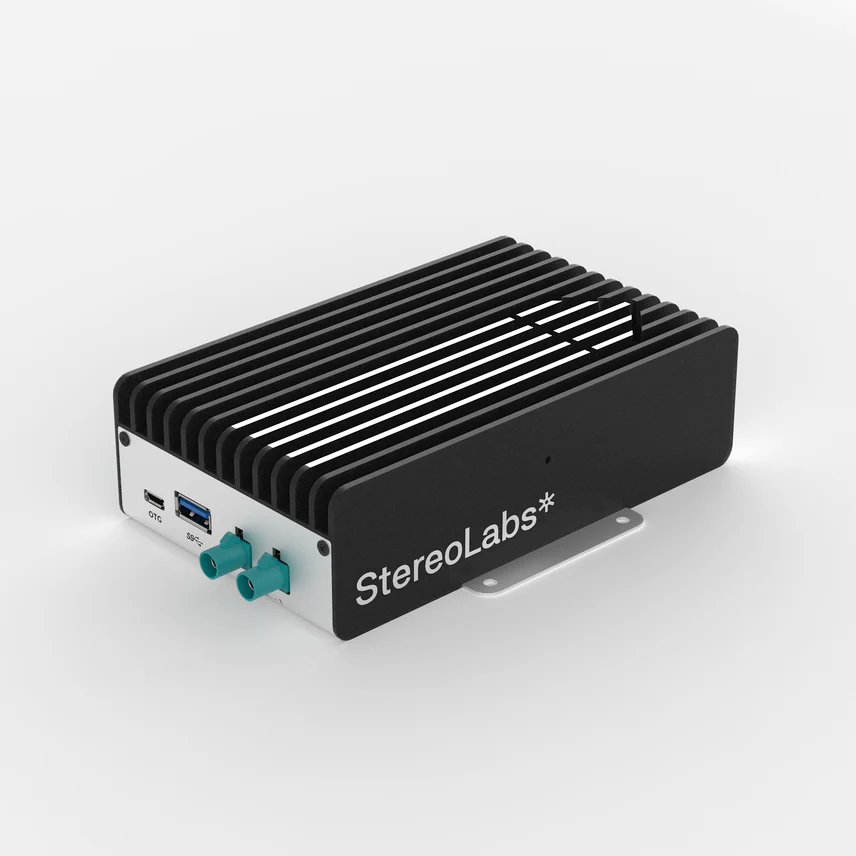 | 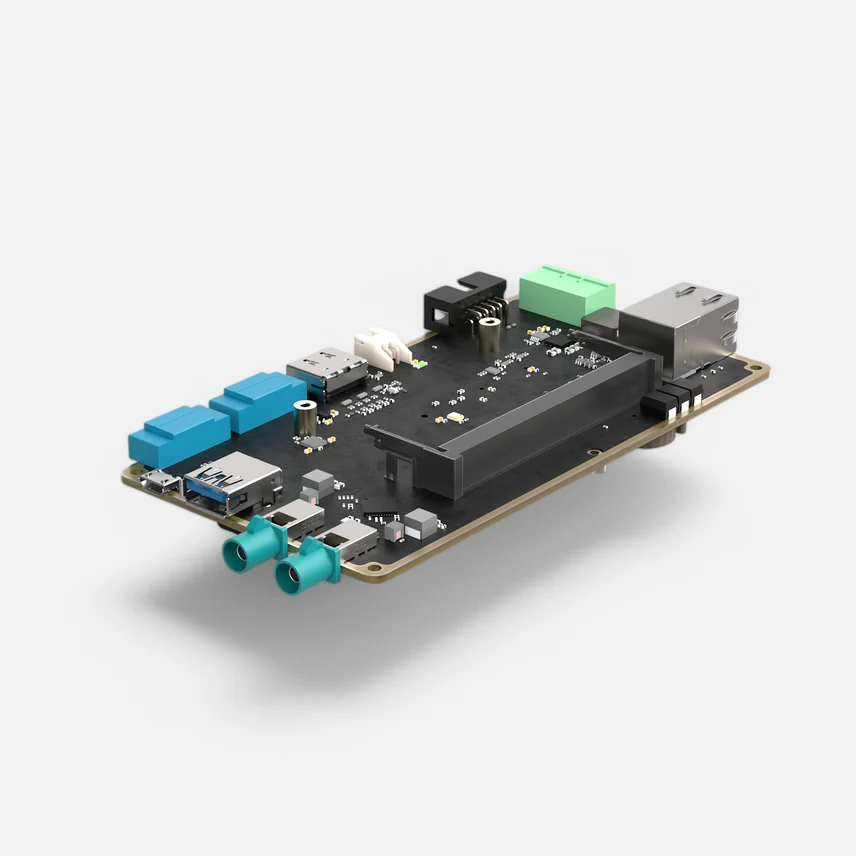 |
|---|
ZED SDK Overview #
Learn more about the modules of the ZED SDK and how to use them.
- Camera
- Sensors
- Depth Sensing
- Positional Tracking
- Global Localization
- Spatial Mapping
- Object Detection
- Body Tracking
- Fusion
 |  |  |
|---|---|---|
 |  |  |
 |  |  |
Code Samples #
Explore code samples to see how to use the ZED SDK in your applications.
Integrations #
Learn how to integrate ZED cameras with popular frameworks and libraries.
| Integration | Description | Links | |
|---|---|---|---|
 | ZED Docker | Shows how to run the ZED SDK in a Docker container. | GitHub, DockerHub |
 | ZED ROS 2 | Provides access to ZED data through ROS 2 topics and services. | GitHub |
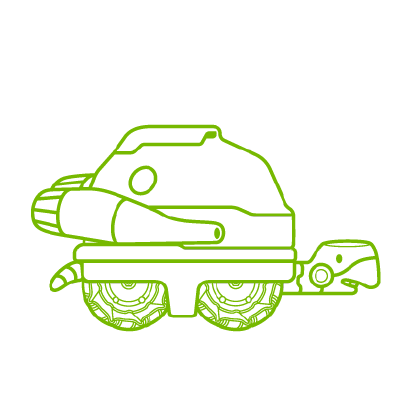 | ZED Isaac™ ROS | Use a ZED Camera with Isaac™ ROS and leverage NITROS communication. | Doc |
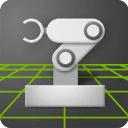 | ZED Isaac™ Sim | Simulate ZED cameras with NVIDIA Omniverse™ Isaac™ Sim. | GitHub |
 | ZED Foxglove | Shows how to use Foxglove with ZED cameras. | Doc |
 | ZED Yolo | Uses ZED SDK and YOLO object detection for 3D location of objects. | GitHub |
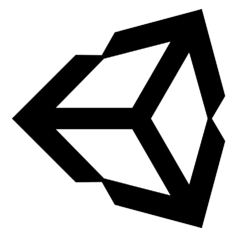 | ZED Unity Plugin | Access ZED SDK features in Unity. | GitHub |
 | ZED UE5 Plugin | Access ZED SDK features in Unreal Engine 5. | GitHub |
 | ZED GStreamer | Plugins to use ZED and SDK in a GStreamer pipeline. | GitHub |
 | ZED OpenCV | Capture image, depth, and point cloud and convert to OpenCV format. | GitHub |
 | ZED PyTorch | Uses ZED SDK and PyTorch for 3D object detection and segmentation. | GitHub |
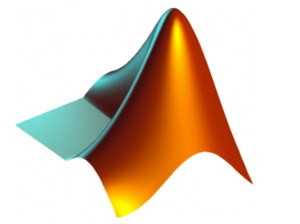 | ZED Matlab | Enables utilization of ZED SDK within Matlab. | GitHub |
 | ZED OpenPose | Real-time multi-person 3D pose detection with OpenPose. | GitHub |
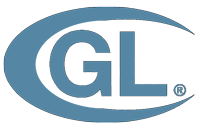 | ZED OpenGL | Use GPU memory to display camera images and depth with OpenGL. | GitHub |
 | ZED Aruco | Track or relocalize camera position using Aruco marker. | GitHub |
 | ZED PCL | Acquire and display 3D point cloud with PCL. | GitHub |
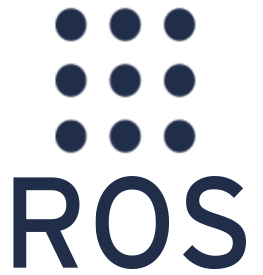 | ZED ROS | Provides access to ZED data through ROS topics and services. | GitHub |
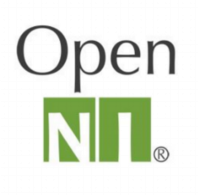 | ZED OpenNI2 | OpenNI2 driver for ZED stereo camera family. | GitHub |
